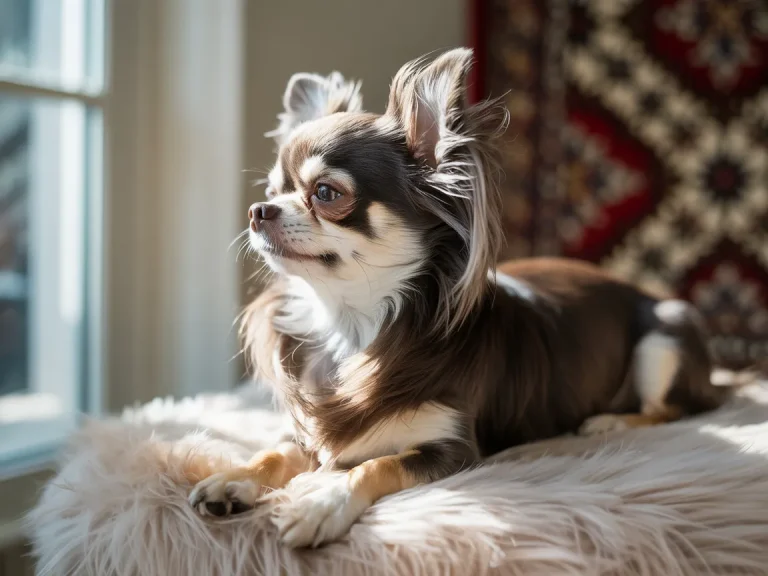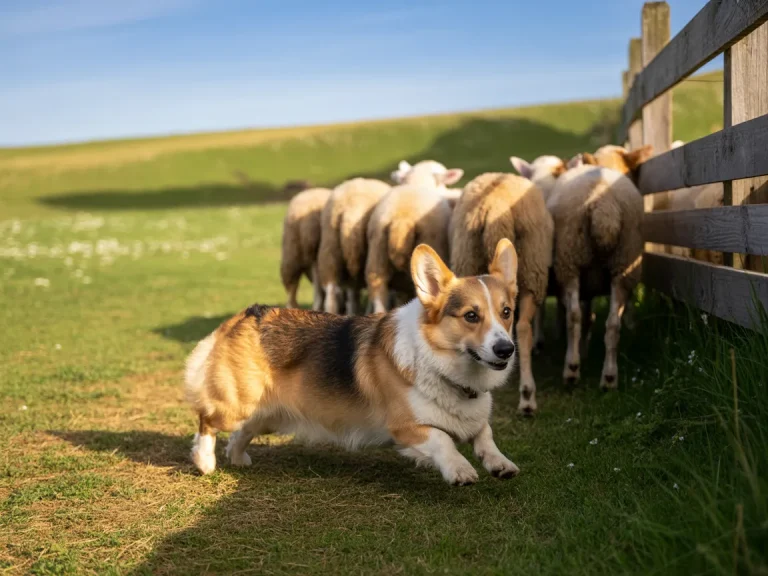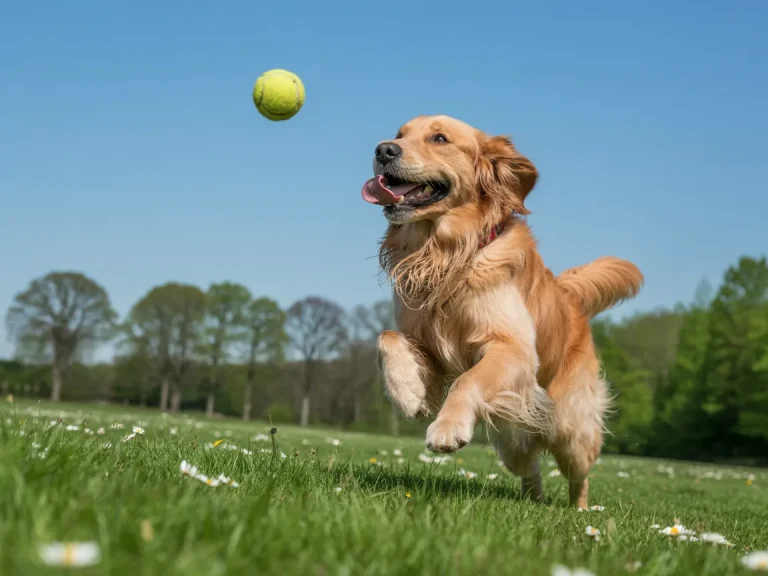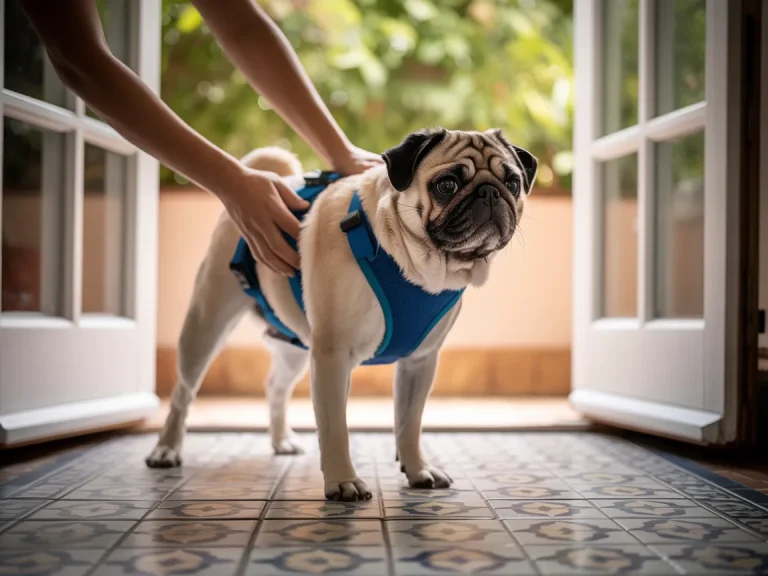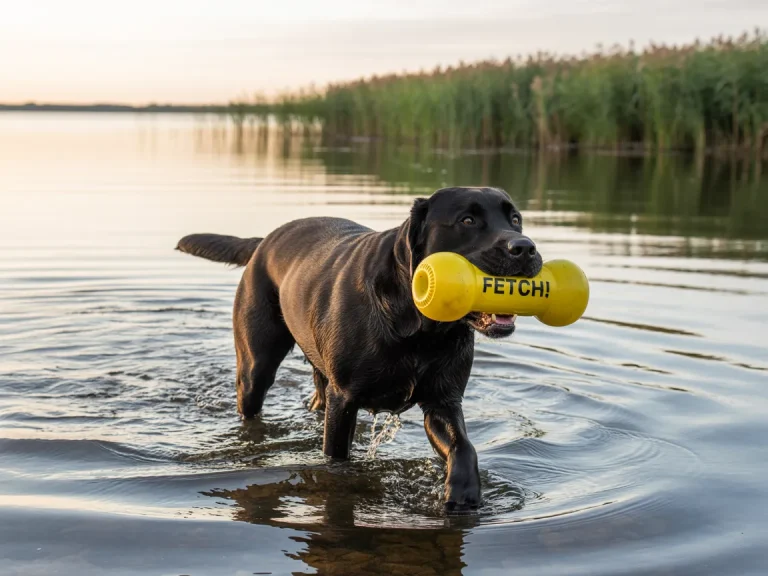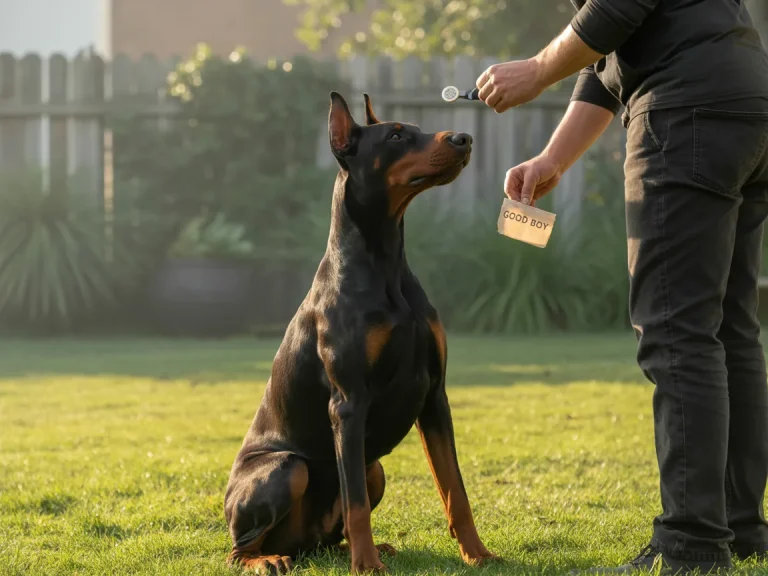Border Collies are like living, breathing problem-solvers in fur coats—especially when you’ve got a wide-eyed brown puppy bouncing around your living room. Whether you’ve just welcomed one into your family or you’re still browsing adoption profiles, understanding what sparks their smarts is the first step to a happy, well-behaved companion. Let’s dive into what makes these dogs tick and how you can channel that brilliance into fun, fulfilling activities.
The Origins of Border Collie Intelligence
Border Collies come from a long line of 18th-century herding champs along the England–Scotland border. Breeders back then weren’t choosing for floppy ears or a great Instagram pose—they wanted stamina, razor-sharp focus, and the knack for reading a shepherd’s tiniest cue. Over time, that careful selection produced dogs who learn new tricks faster than you can say “fetch” and who can stare down a flock of sheep without blinking. To see the official breed standard, take a look at the latest AKC Border Collie standards which outline these prized traits in detail.
Instinctual Drives and Herding Heritage
Have you ever seen a Border Collie “herd” a bunch of kids—or even the family cat? That’s not mischief; it’s heritage. Their brains were wired to guide livestock, so when livestock’s off the menu, your couch cushions or rolling laundry can become stand-ins. Without an outlet, that energy can turn into nonstop barking, impromptu digging contests in the backyard, or a one-dog game of keep-away with your shoes. The trick is giving them something purposeful to do—like an obstacle course in the park or a spirited game of frisbee—so they can channel that ancient drive.
Assessing and Enhancing Cognitive Skills
Problem-Solving Tests and Puzzle Toys
Picture this: you drop a treat into a puzzle ball and step back. Your Collie nudges it with a nose, then bats it with a paw, and voilà—snack time! Watching them figure out these puzzles feels a bit like witnessing a tiny, furry detective at work. To keep things fresh, swap in different challenge levels every few days—otherwise they’ll breeze through and look at you like, “Is that all you’ve got?”
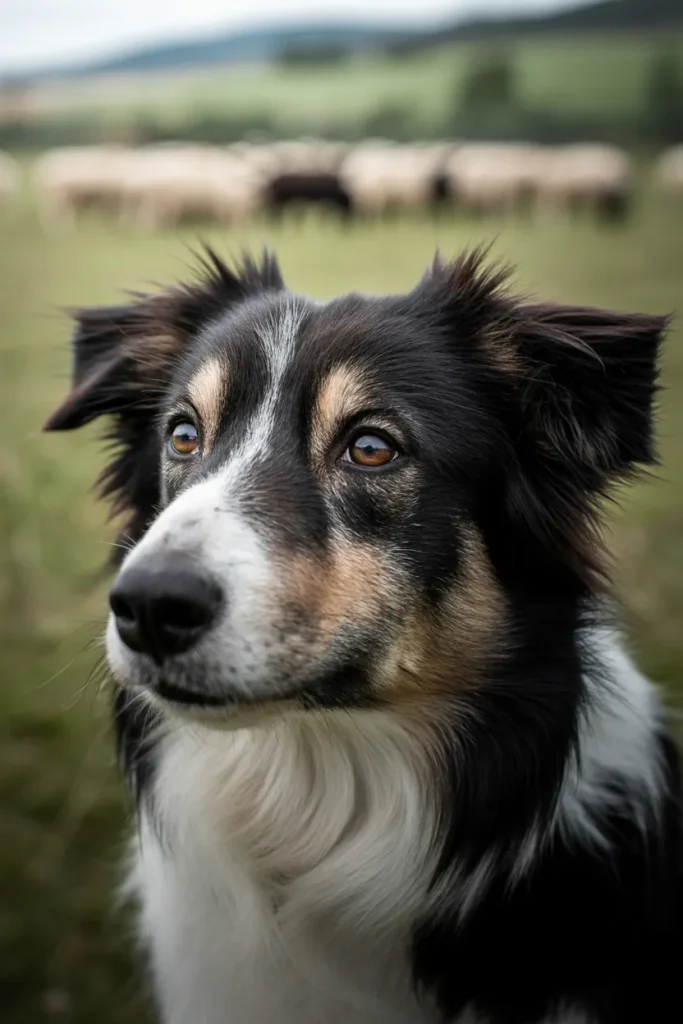
Emotional Intelligence and Bonding
Border Collies don’t just learn commands; they learn feelings. They’ll sense when you’re upbeat and match your energy or notice a slump in your voice and nuzzle in for moral support. I remember teaching Luna, a rescue Collie, to greet visitors calmly—just a gentle “hello” instead of a full-body wiggle tornado. Early socialization—meeting new people, hearing unpredictable sounds, even riding in the car—gives them confidence and melts away any skittishness.
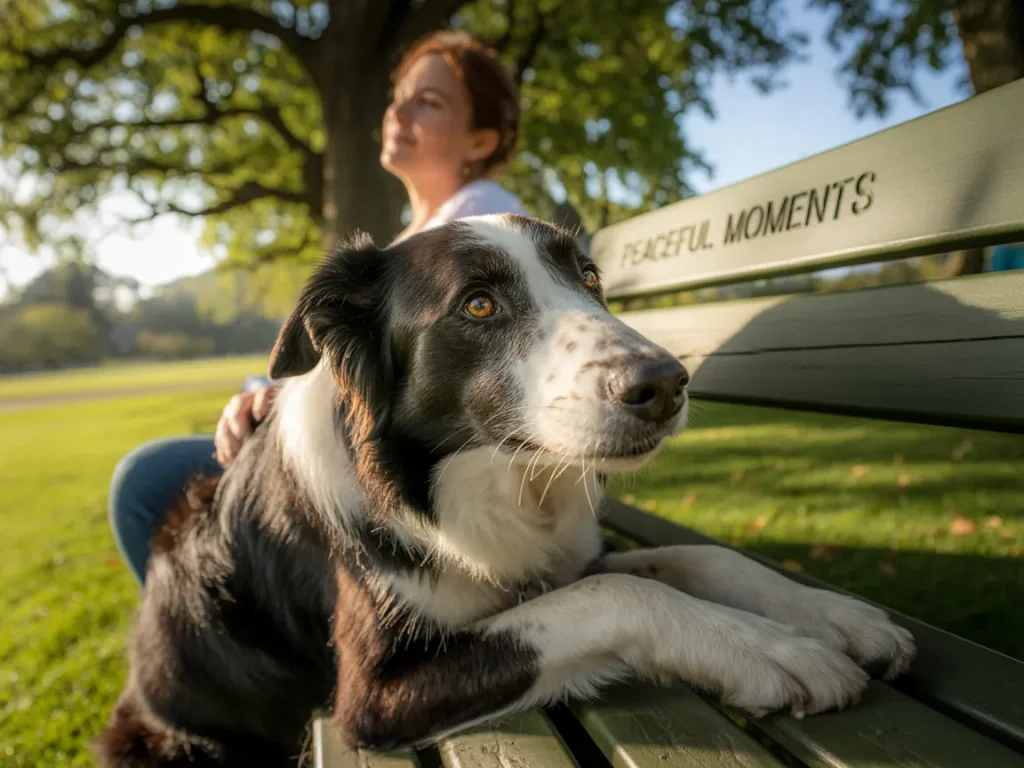
Core Training Techniques
Positive Reinforcement and Clicker Training
Ever rewarded a toddler for sharing? Same idea here. When your pup nails a “sit” or “leave it,” reward immediately with a treat, a high-five, or a quick game of tug. A clicker is like the high-precision camera of rewards—it marks the exact split second your dog does the right thing. Before you know it, they’re stringing together commands like a pro.
Setting Up a Consistent Routine
Consistency is your secret weapon. Short sessions—aim for 10–15 minutes, two or three times a day—keep your dog’s attention without turning training into a chore. Always wrap up on a winning note: throw a ball, let them chew a favorite toy, or sneak in an easy trick they know well so they end feeling like a superstar. Over time, this rhythm cements good habits and keeps their minds sharp.
By tapping into a Border Collie’s natural talents and feeding their curiosity with fresh challenges, you’re not just training a pet—you’re building a partnership. So next time your pup zips circles around you, remember: that burst of energy is an opportunity to bond, play, and learn together. Who said brainy dogs can’t have a little fun?
Training Your Border Collie Puppy
Socialization Between 8–16 Weeks
That sweet little brown fluff you brought home? Those early weeks are like your pup’s personal boot camp for life. I once saw my friend’s pup, Toby, hesitate at the sight of a rolling suitcase—until we gently guided him over it, showered him with praise, and turned it into a game of “jump the suitcase.” Before you know it, that same suitcase is just another fun obstacle. Exposing your puppy to new surfaces (think slick tile vs. squishy grass), sounds (doorbells, vacuum cleaner roars), and friendly faces helps them grow into a confident, take-on-the-world dog. Reward that calm “what’s-that-noise?” look with treats and cuddles, and you’re building happy memories instead of fear-based ones.
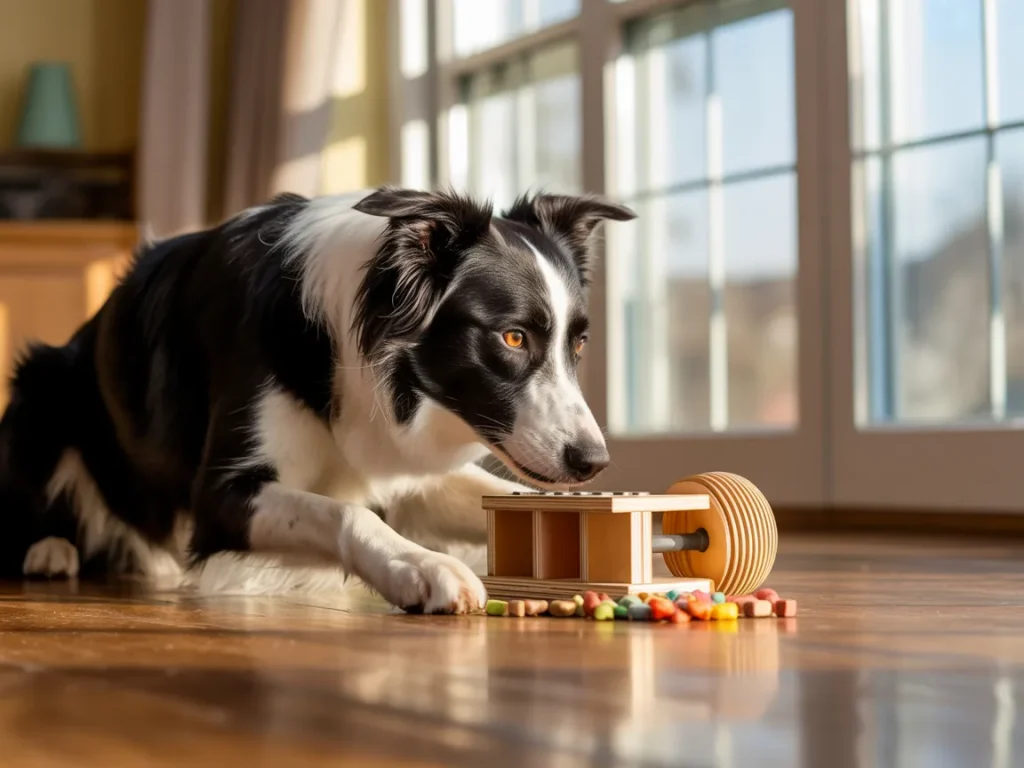
Exercise and Mental Enrichment
Border collie puppies are basically four-legged dynamos—imagine a toddler on espresso. A brisk walk or a spirited game of fetch before training sessions isn’t just fun; it’s a way to burn off that puppy power so they can focus like little furry scholars. After a romp in the park, switch gears to mental workouts: obedience drills, scent trails in the backyard, or hide-and-seek with a favorite toy. A well-exercised pup is like a sponge ready to soak up new tricks.
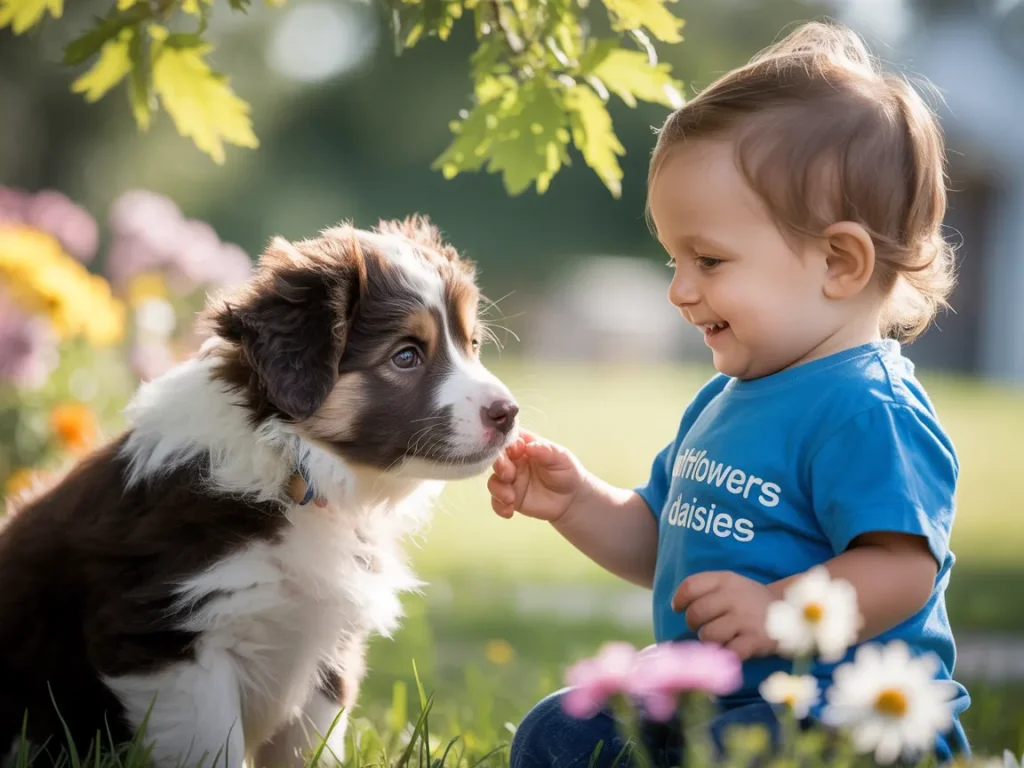
Understanding Border Collie Behavior Signals
Ever caught your Collie giving you the “are we doing fun stuff yet?” stare with head slightly tilted? That soft-eyed glance usually means they’re paying attention. But if they lock eyes and hold a stiff stance, you’ve tapped into their herding instinct—they’re looking for direction. Ears pinned back can signal confusion or stress, while a loose wagging tail is pure “I’m loving this!” territory. Reading these cues lets you tweak your approach—maybe slow down a tough lesson or switch to a playful game so your pup stays happy and engaged.
Selecting the Right Training Tools and Gear
Imagine trying to wrangle a lightning bolt—without the right gear, training can feel like that. A front-clip harness is your best friend for polite walks, steering pulling without pinching their shoulders. Swap flimsy nylon for a sturdy leather leash—you’ll appreciate the smooth control, and your pup will appreciate the comfort. Toss in a snuffle mat or treat puzzle to encourage independent problem-solving when you’re busy, and for the agility buffs, lightweight hurdles and weave poles turn your backyard into their very own doggy Daytona. Investing in quality tools that grow with your pup means fewer hiccups and more high-fives (or paw-fives) down the road.
Health, Nutrition, and Coat Care
Feeding for Brain and Body
Ever wondered what fuels all that Collie cleverness? Think of high-quality food as premium gasoline for your pup’s engine. Diets rich in omega-3s (think fish oil), antioxidants from berries or veggies, and lean protein help sculpt both brainpower and muscle tone. As your puppy brown Border Collie blossoms into adulthood, adjust their portions so they stay sleek and energized—neither plump nor scrawny. After all, you want your buddy sprinting across fields, not panting on the sidelines.
Grooming the Blue Merle Border Collie Puppy
Owning a blue merle Border Collie is like having a little cloud of colors with you—until that cloud sheds. Twice a year, the undercoat fluffs out, and a slicker brush becomes your best friend. I recall brushing Skye one spring morning and turning up enough fur to knit a scarf! A gentle weekly brush keeps mats at bay, and regular peek-ins on those perky ears (and a quick tooth rub) finish the routine. It’s less “chore” and more “spa day” for your pup—one that keeps them comfy and you fur-free.
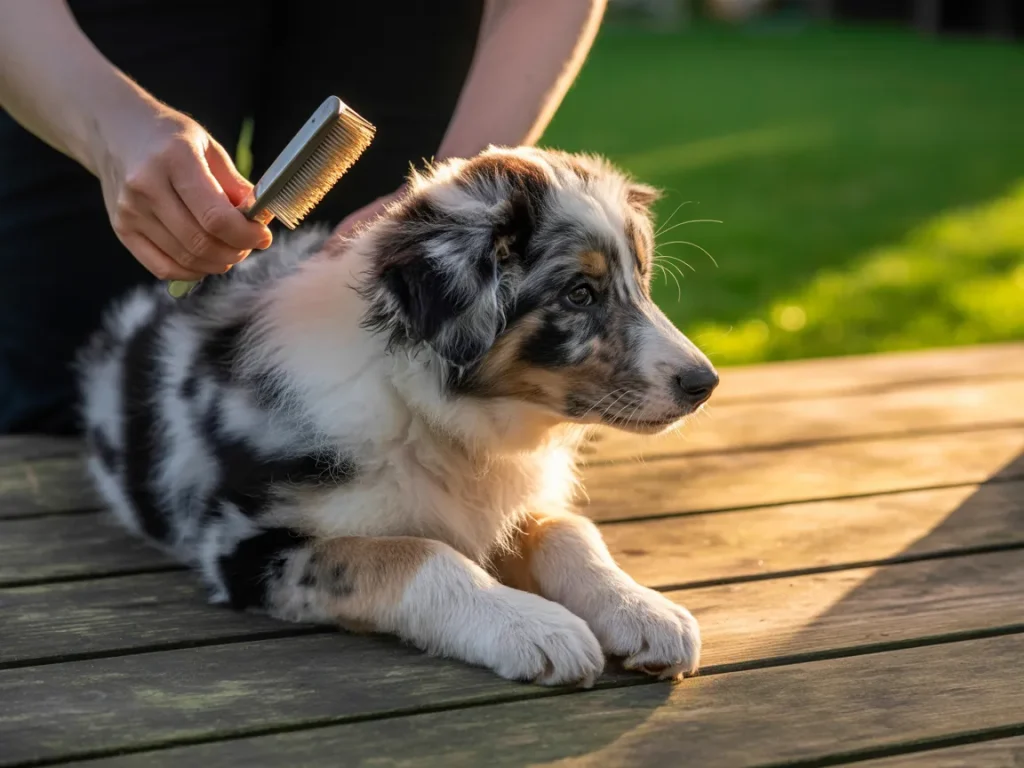
Advanced Training and Enrichment
Agility, Herding Trials, and Canine Sports
If your Collie masters sit, stay, and heel faster than you can say “good dog,” why not level up? Imagine your dog flying through tunnels or weaving poles like an Olympic skier—agility courses offer that thrill. Herding trials add another twist: guiding sheep with nothing but silent cues. It’s teamwork at its finest and a brilliant way to channel that boundless energy into something meaningful.
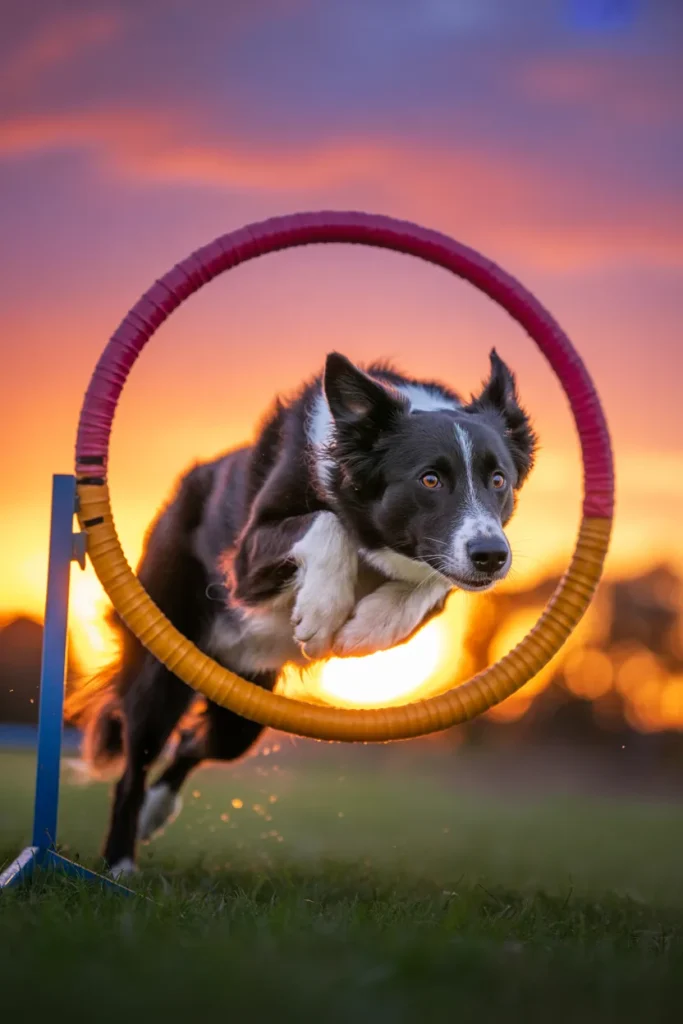
Trick Training and Lifelong Learning
Who says learning stops after puppyhood? Teach your dog to roll over, spin like a top, or fetch their named toys—“Bella, where’s bear?” Beyond tricks, scent-discrimination games turn your backyard into a detective’s playground. Rotate puzzles and toys every few weeks so curiosity stays sharp. It’s like changing up your workout routine; keeps things fresh and muscles (and minds) engaged.
Common Health Concerns and Veterinary Care
Even the most robust Border Collie can face breed-specific challenges. Hip dysplasia might sneak up on a too-vigorous jumper, and genetic eye quirks like PRA or collie eye anomaly call for check-ups. I always schedule puppy wellness exams at 6–8, 12, and 16 weeks—then switch to twice-yearly or yearly visits when they’re older. Throw in vaccinations, parasite checks, and dental cleanings, and you’ve got a prevention plan that’s as reliable as your dog’s recall command.
Common Training Pitfalls to Avoid
Overtraining and Burnout
Border Collies are eager beavers, but even the brightest student needs recess. If you push past their mental stamina—yawns, glazed eyes, or sudden interest in sniffing the ground—they’re telling you, “Time out, please.” Keep sessions snappy, mix in play, and always end with a win so they stay eager for the next lesson.
Inconsistent Reinforcement
Ever start a chore, get distracted, and forget to finish? Dogs feel that too. If Mom praises “sit” while Dad waits for “stay,” your pup’s head will spin faster than a frisbee. Choose your commands, pick your rewards, and make sure everyone in the family sings from the same playbook.
Bringing It All Together
Tailoring Training to Your Home
City apartment or sprawling farm—your training playground shapes your plan. Cramped space? Lean into indoor scent hunts and obedience drills. Acres of grass? Let off-leash runs or sheep-roundups be your canvas. Either way, adapt on the fly and keep that spark of curiosity alive.
The Joy of a Well-Trained Border Collie
There’s nothing quite like watching a Border Collie nail a tricky agility course, or curl up next to you after a long day of puzzles and fetch. When you blend patience, consistency, and a dash of creativity, you’re not just teaching commands—you’re forging a partnership. And that, more than any trick or trophy, is the real reward.
Disclaimer: This article is for informational purposes only and does not constitute professional veterinary advice. Always consult a licensed veterinarian or certified dog trainer regarding the specific needs and health of your dog.
